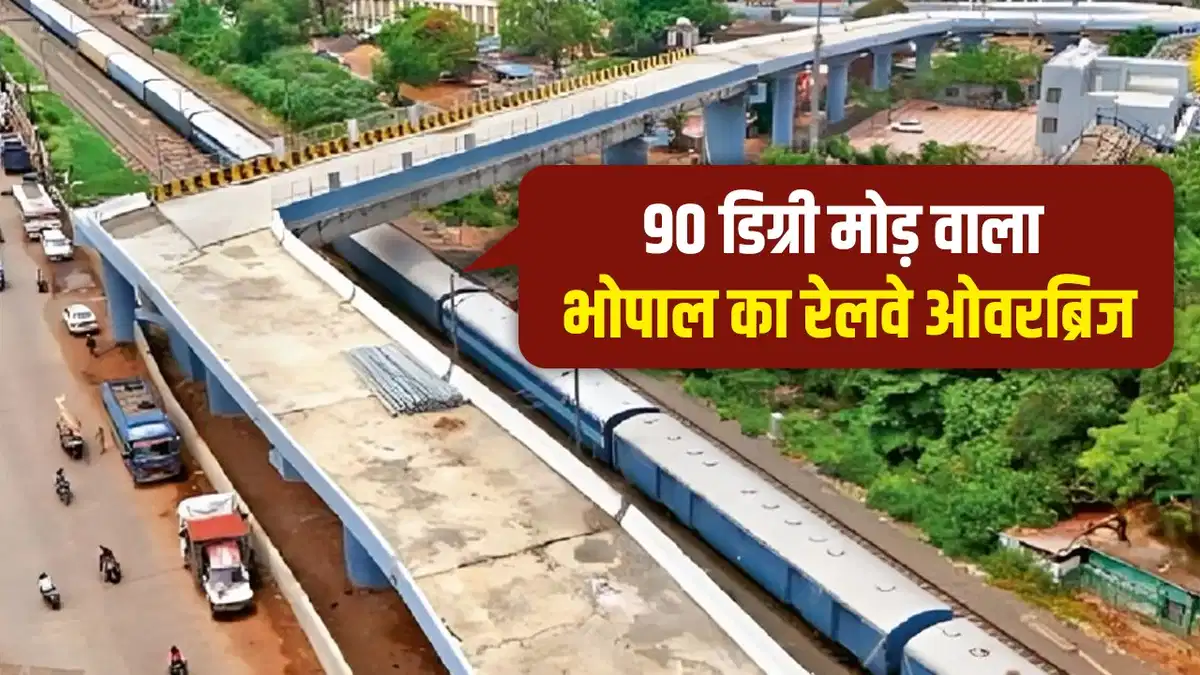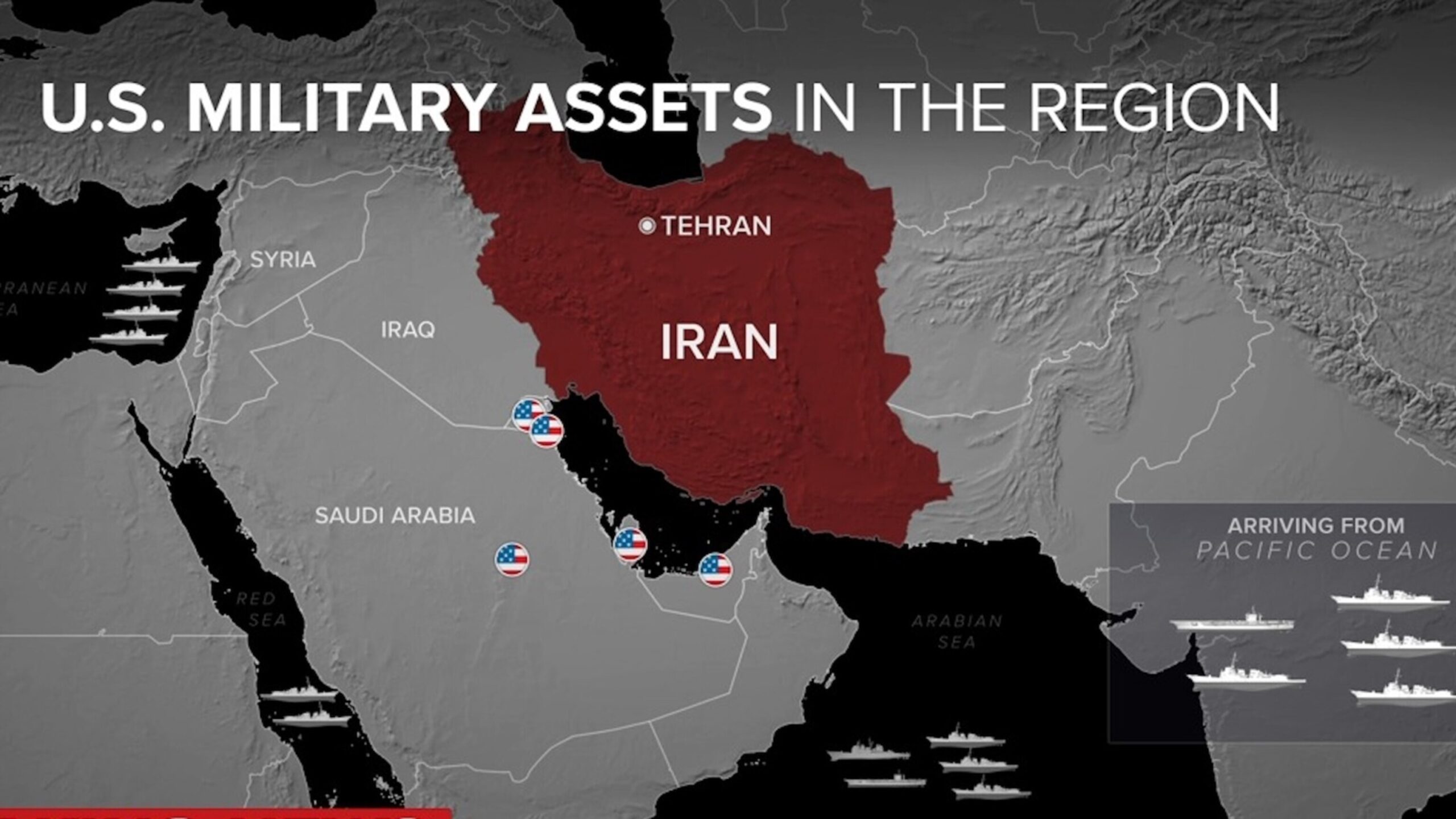
On June 18, 2025, authorities announced a significant development in the saga of Bhopal’s Aishbagh Railway Overbridge (RoB), infamous for its sharp 90-degree turn. The ₹18-crore, 648-meter-long, 8.5-meter-wide bridge, located near Aishbagh Stadium in Madhya Pradesh’s capital, is slated for a redesign following widespread public criticism and safety concerns.
Background of the Controversy:
The Aishbagh RoB, constructed to ease traffic congestion for nearly 300,000 daily commuters by connecting Mahamai Ka Bagh, Pushpa Nagar, the railway station zone, and New Bhopal, became a national talking point due to its unconventional design. Initiated in March 2023 and nearing completion in June 2025, the bridge features a near-90-degree turn at its apex, raising alarms about potential accidents. Social media platforms, particularly X, erupted with criticism, with users like @surajdamani questioning the competence of engineers and contractors, while @thematrixloop highlighted the bridge’s “bizarre L-shaped” design sparking safety concerns.
The sharp turn, deemed hazardous especially for vehicles traveling at speeds above 30-35 km/h, was attributed to spatial constraints, including a nearby metro station and limited land availability. Chief Engineer V.D. Verma of the Public Works Department (PWD) initially defended the design, stating, “Due to the metro station, there was no other option.” However, public and political pressure, including critiques from the Congress party and Madhya Pradesh Congress chief Jitu Patwari, who called it a “death ground,” forced a reevaluation.
Redesign Plan and Implementation:
Following the backlash, the Indian Railways agreed to provide additional land to allow the PWD to modify the bridge’s structure. The redesign will focus on expanding the bridge’s width by three feet and smoothing the sharp 90-degree turn into a more gradual, curved alignment to reduce the risk of vehicles skidding or colliding with the bridge’s railings. PWD officials have clarified that no demolition is planned; instead, the existing railings will be adjusted to accommodate the new curve. This approach aims to preserve the bridge’s structural integrity while addressing safety concerns.
The redesign is expected to improve traffic flow and ensure safer navigation for small vehicles, which authorities have restricted the bridge to, given its narrow width. The project, initially intended to eliminate long waits at the Aishbagh railway crossing, is now under scrutiny to deliver on its promise of time savings without compromising commuter safety. The process is set to begin soon, with no specific timeline for completion announced as of June 18, 2025.
Public and Political Reactions:
The announcement has elicited mixed responses. On X, @BhaskarEnglish_ noted that the redesign was spurred by the viral memes and public outcry rather than an immediate recognition of the design flaw, suggesting a reactive approach by authorities. @arvind029 echoed this sentiment, arguing that the bridge’s redesign was driven more by social media pressure than proactive safety assessments. Meanwhile, @dna reported ongoing discussions about the bridge’s fate, emphasizing its ₹18-crore cost and the public’s demand for accountability. Political figures, including Congress leader Umang Singhar, labeled the bridge a “scam” and criticized the oversight of Minister Vishwas Sarang, while PWD Minister Rakesh Singh dismissed critics as “sudden experts” but assured a thorough review.
Broader Implications:
The Aishbagh bridge controversy underscores the challenges of infrastructure development in densely populated urban areas with spatial constraints. The initial oversight, including the PWD’s dismissal of railway objections during construction, highlights gaps in coordination and planning. The case has also sparked broader discussions about engineering accountability, with X users like @ARUN_290352 sarcastically calling the bridge a “marvel of road designing” from a civil engineering perspective. As Bhopal moves forward with the redesign, civic agencies are being urged to prioritize safety and robust engineering standards over rushed project timelines.








